1. Dresses Must Be Modest
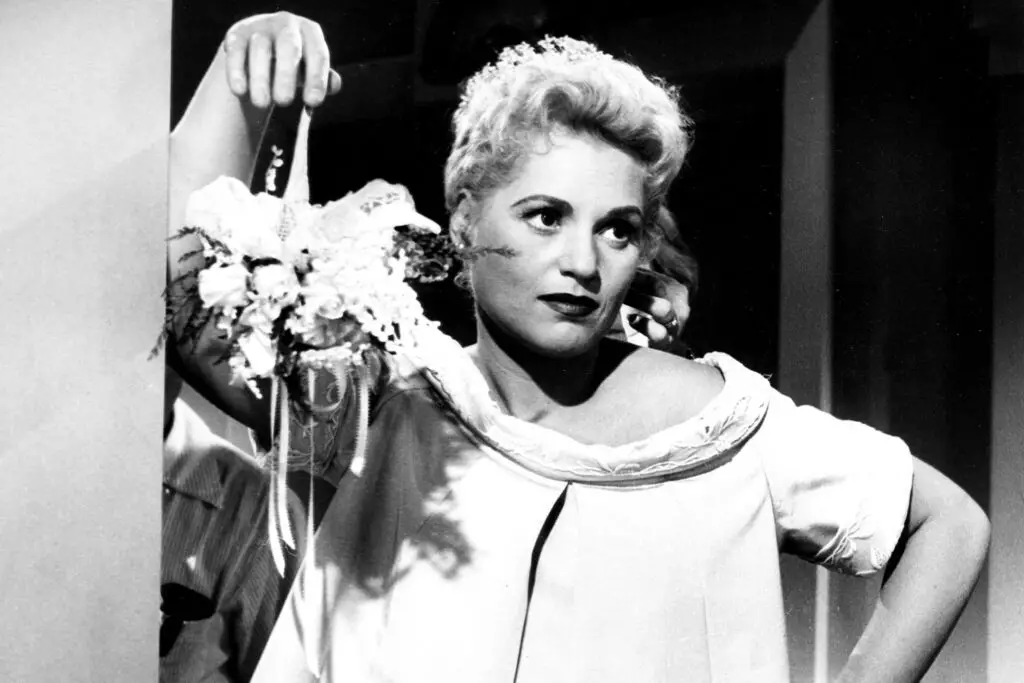
For centuries, women were expected to dress modestly, with many cultures enforcing strict rules about how much skin should be shown. The idea behind this was that a woman’s body was sacred and shouldn’t be displayed publicly. This modest dress code was thought to protect a woman’s reputation and her family’s honor. In fact, showing too much skin was often seen as rebellious or disrespectful. In some societies, dresses or skirts had to be a certain length, and shoulders and knees had to be covered at all times. The idea was to make sure women remained “proper” and in their place, away from the eyes of men shares Forbes.
While many of these rules have loosened in modern times, the idea of modesty in women’s fashion still holds weight in some areas. The rule was meant to prevent women from being seen as “loose” or undisciplined, which was thought to be the start of rebellion against societal norms. However, today, women have reclaimed the right to wear what makes them feel confident and powerful. The old notion that modesty is tied to morality, however, still influences fashion choices in some cultures says Fashion Magazine.
2. No Pants for Women

In many places around the world, women were once forbidden from wearing pants. The logic behind this was that pants were seen as a symbol of masculinity. By wearing them, women were thought to be rejecting their traditional roles as wives and mothers. The more rebellious the style, the more threatening it became to the established order. Early pioneers who dared to wear pants were often ridiculed or even arrested for breaking societal norms. For decades, trousers were reserved for men, and women who defied this fashion convention were labeled as radicals explains Bustle.
Over time, women fought hard for their right to wear pants, challenging the status quo. It wasn’t until the late ’60s and early ’70s that pants became more accepted in mainstream women’s fashion adds Wikipedia. Though now widely embraced, the act of women wearing pants was once seen as a loud declaration of independence and a rejection of the roles they were supposed to fulfill. The struggle for pants showed how fashion choices could be revolutionary acts.
3. High Heels Were Non-Negotiable
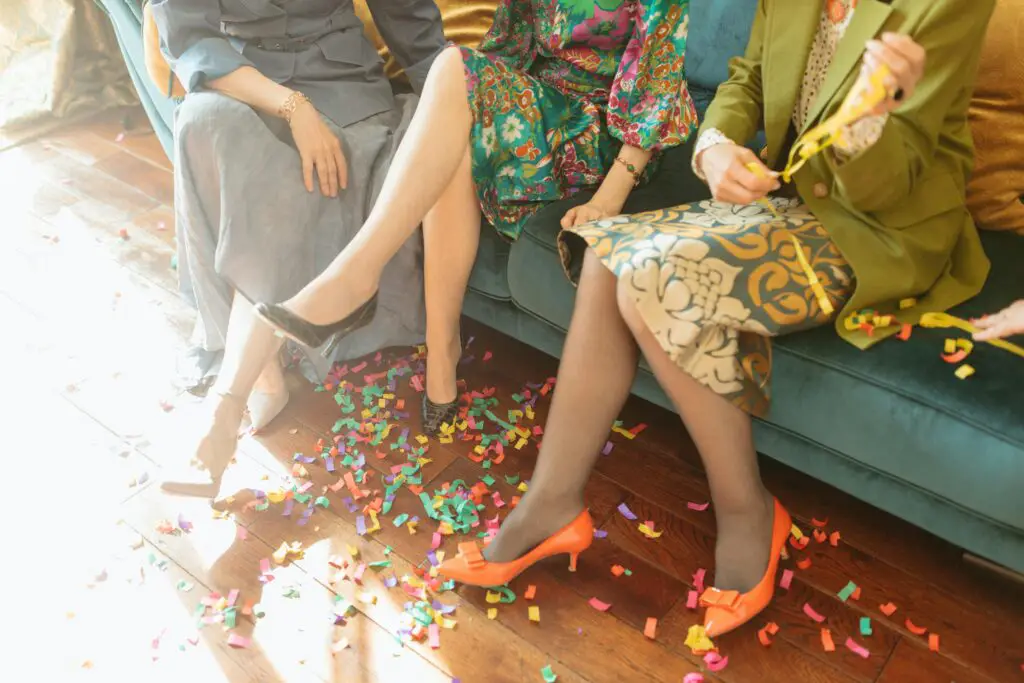
High heels have long been a staple of women’s fashion, but their origins are tied to the idea of subjugating women. In the 1600s, women were expected to wear heels to appear more aristocratic and distinguished. However, over time, the rules surrounding heels began to include gendered expectations. Women were often seen as less competent or less powerful if they weren’t wearing them, reinforcing their roles as decorative and ornamental. High heels became a tool to keep women in a certain position, literally and figuratively. The higher the heel, the more restricted the woman was in her movement, symbolizing the control society had over her.
As time went on, heels became a status symbol and part of the uniform that women had to wear to be seen as professional or desirable. Many people believed that women who didn’t wear heels were rebelling against the idea of beauty and grace. Today, while high heels are no longer mandatory, they still carry societal weight. Women who opt out of wearing them are still sometimes seen as pushing against the expectations of femininity, as if by not wearing them, they’re refusing to conform to a narrow standard of elegance.
4. No Showing of “Too Much” Skin

Throughout history, women’s clothing was designed to be as constricting as possible. It wasn’t just about modesty—it was about control. The idea was that revealing too much skin would make a woman appear too bold, too tempting, or too powerful. In many cultures, showing skin beyond the acceptable limits was seen as a challenge to authority and societal order. Over the years, the rules about skin exposure have shifted, but the lingering idea that it can signify rebellion still persists.
The revealing of skin, particularly the midriff or legs, became one of the most rebellious acts a woman could commit. Whether it was the flapper dresses of the ’20s or the miniskirts of the ’60s, showing more skin was a statement of defiance. However, the rules didn’t just apply to how much skin was shown; the way a woman dressed was often scrutinized to determine her morals. Even now, a woman who dresses more provocatively can still be perceived as pushing boundaries and going against established norms.
5. No Military-Inspired Styles

The military look was once considered highly masculine, and women were discouraged from wearing it at all. Camouflage patterns, military jackets, and combat boots were thought to be too aggressive for women. These items were associated with the role of men in defending the nation, not women’s traditional roles as caregivers. During times of war, the concept of women wearing military-inspired clothing was even considered a challenge to their domestic duties. It was thought that adopting this look was a sign of defiance, as it blurred the lines between the genders and threatened the idea that women should stay home.
However, fashion often breaks barriers, and over the decades, women started incorporating military styles into their wardrobes. Whether worn for practical reasons or as a form of protest, military-inspired clothing became an emblem of strength and autonomy. Wearing these garments gave women the power to step outside the traditional norms of femininity. It showed the world that women were capable of taking on roles beyond the domestic sphere.
6. Not a Single Button on a Blouse

In the past, blouses for women were often designed to be high-necked with no buttons showing, creating a very rigid and controlled look. The reason behind this was that the less a woman’s body was visible, the less attention she would attract, thereby keeping her modest and under control. A blouse with a button or two undone, or showing any hint of cleavage, was seen as too “wild.” The hidden buttoning symbolized a woman’s compliance with the rules of dress and her role in society. Anything that deviated from this could be viewed as rebellious.
However, fashion has always been a mirror of social change, and as women began gaining more rights and freedoms, they also gained more control over their clothing choices. The undone button has since become a symbol of a woman’s ability to dress for herself, rather than adhering to the restrictive rules of the past. Today, a woman who chooses to show some skin with an open blouse is exercising her personal freedom and rejecting the outdated idea of what is “appropriate.”
7. Women Must Wear Hats to Church
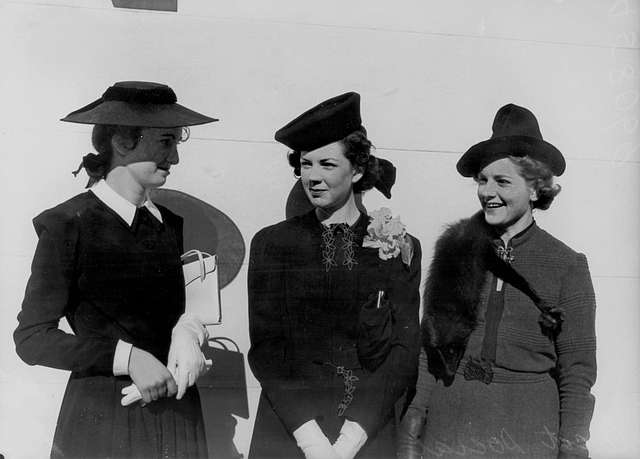
For many years, wearing hats to church was non-negotiable for women, especially in the Western world. It wasn’t just a religious tradition—it was a way to keep women’s heads covered, a sign of submission to God and authority. Women who went to church without a hat were considered disrespectful or even rebellious. The rule symbolized the belief that a woman’s natural beauty or hair should be concealed, as if it were something that needed to be hidden in sacred spaces. This idea tied into a larger concept that women should always cover up and remain reserved, particularly in public.
As the feminist movements of the ’60s and ’70s gained momentum, women began to push back against these outdated traditions. The hat, once a symbol of propriety, became a relic of the past. Today, it’s rare for women to wear hats to church, and when they do, it’s often a personal style choice rather than a societal requirement. Women now enjoy more freedom to choose how they dress for religious occasions without fear of judgment or the expectation to follow rigid rules.
8. Skirts Only—No Trousers for Work
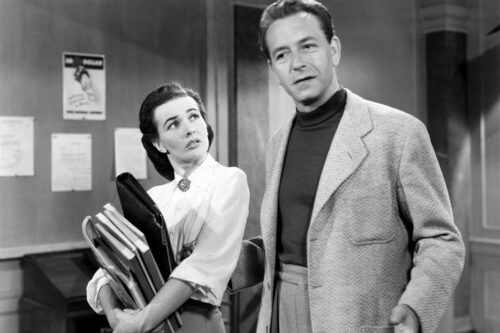
Up until fairly recently, many workplaces enforced strict dress codes that only allowed women to wear skirts. Trousers were considered inappropriate because they were believed to be too masculine. This rule was based on the belief that a woman should look soft, delicate, and approachable—qualities that were often associated with traditional femininity. Wearing trousers was seen as not just inappropriate, but potentially threatening to the status quo. A woman wearing pants to work was defying long-standing social conventions and challenging the idea of what a woman should be in the professional world.
It wasn’t until the late ’60s and ’70s that women successfully campaigned for the right to wear pants in the workplace. The battle for women’s right to dress in trousers was seen as a direct challenge to the limitations placed on them. Today, pants are a standard part of a woman’s wardrobe in almost every profession. The once-rigid rules surrounding work attire have shifted, but women still occasionally face pushback when they wear less traditional outfits, proving that clothing choices can still stir up controversy.
9. Black Was Reserved for Mourning

In many cultures, black was historically reserved for mourning or times of grief. Women were expected to wear black during funerals and periods of loss to demonstrate respect and propriety. Wearing black outside of these circumstances was seen as a way of “making a statement” or disregarding the rules. It was also linked to the idea that women should remain in the background during times of death, reflecting the traditional role of the woman as caretaker rather than the person leading or standing out in grief.
In recent years, black has been reclaimed as a fashionable and empowering color. It is no longer seen as simply a somber shade reserved for mourning, but rather a versatile color that can be worn for a variety of occasions. Women who wear black outside of mourning are exercising their right to dress for confidence, style, and even rebellion against outdated conventions. The once rigid rules surrounding color have loosened, allowing black to take on new meanings and associations.
10. No “Unfeminine” Fabrics

Certain fabrics were once deemed “unfeminine” and therefore inappropriate for women to wear. Anything that was too stiff, like denim or heavy wool, was seen as rugged and associated with masculinity. Silk, lace, and cotton were considered the fabrics of choice for women, as they symbolized softness, delicacy, and submission. Women who wore these more “masculine” fabrics were seen as going against their expected roles, challenging the idea that women should be soft and decorative. The fear was that if women dressed too ruggedly, they would lose their femininity and power in society.
As fashion evolved, women began to embrace more practical fabrics like denim and wool, rejecting the idea that clothing had to dictate their behavior or roles. Denim jeans became a symbol of rebellion, particularly during the ’60s and ’70s, when they were associated with youth culture and protest movements. Today, women wear whatever fabrics make them feel confident, whether it’s leather, denim, or silk, breaking free from the confines of what was once considered “appropriate.”
11. Don’t Wear Red—It’s Too Bold
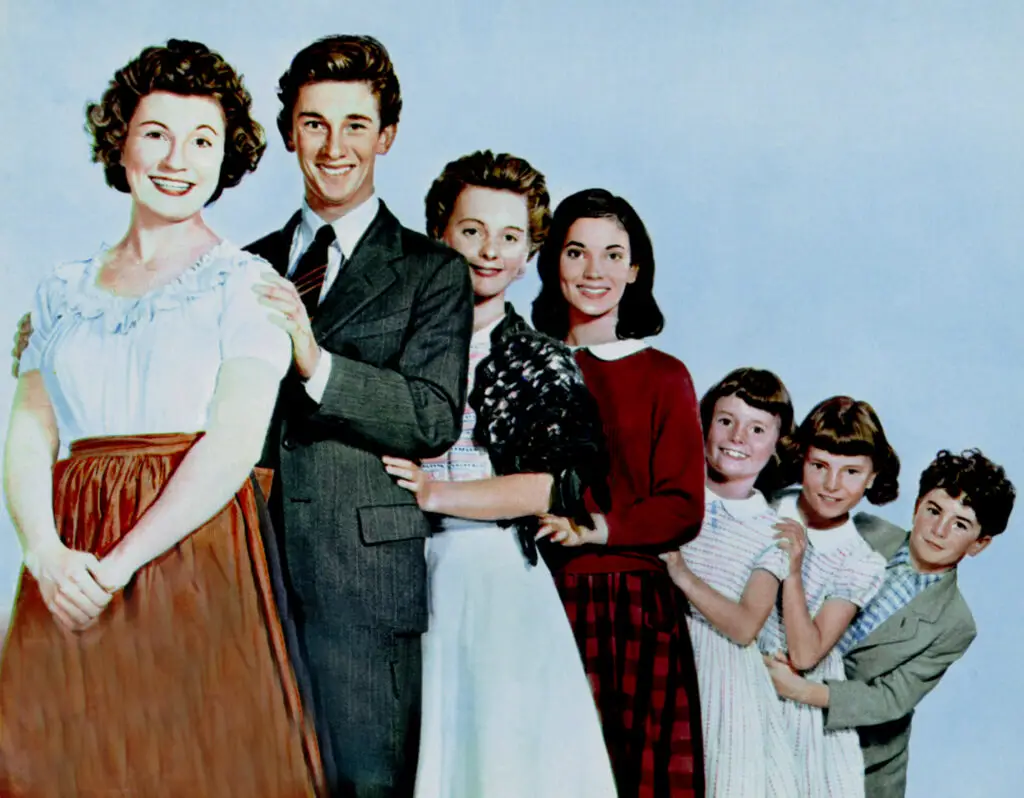
For a long time, red was considered a forbidden color for women, especially in public settings. The color was seen as too bold, too attention-grabbing, and a challenge to a woman’s role as quiet and demure. Wearing red was often associated with sexual boldness, power, and even rebellion. Society didn’t know what to make of women who wore red, as it conveyed a sense of control and independence that went against the expectations of passivity. In some cultures, red was even considered a symbol of danger or defiance.
As the feminist movement grew stronger, women began embracing red as a statement of empowerment. The color symbolized confidence, strength, and unapologetic femininity. Today, red is widely seen as an empowering color, and women wear it to show strength, passion, and boldness. What was once considered a rebellious choice has become a symbol of power.
12. No Sloppy Clothes Allowed
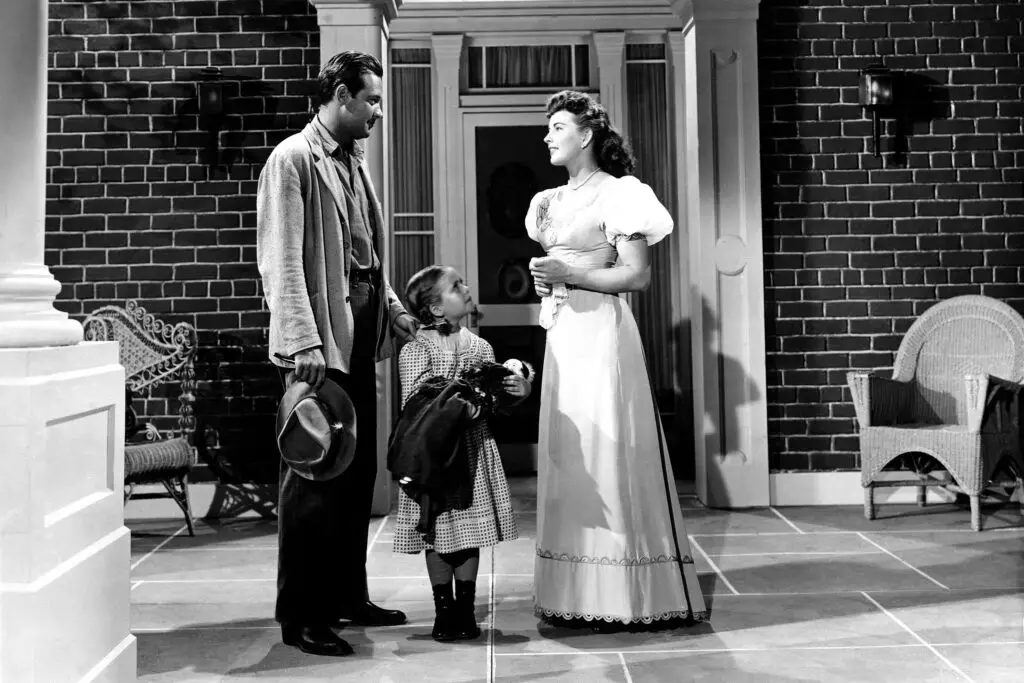
Throughout history, there’s been an unspoken rule that women must look polished at all times. The idea was that sloppy or untidy clothing reflected poorly on a woman’s character and could be seen as a sign of rebellion against societal expectations. A woman dressed in mismatched clothes or unkempt hair was often viewed as lazy or undisciplined, as though she didn’t care about fitting into her prescribed role. Even something as simple as wearing wrinkled clothes could cause judgment from others, as it reflected a lack of effort in conforming to society’s expectations.
In recent years, however, the idea of “sloppy” dressing has been redefined. Casual and “effortless” style has become a symbol of confidence and self-expression, and many women have started embracing the concept of dressing for comfort rather than for society’s standards. What was once seen as a form of rebellion has now been accepted as a fashion statement. Women no longer feel the need to appear perfectly put together to prove their worth.
